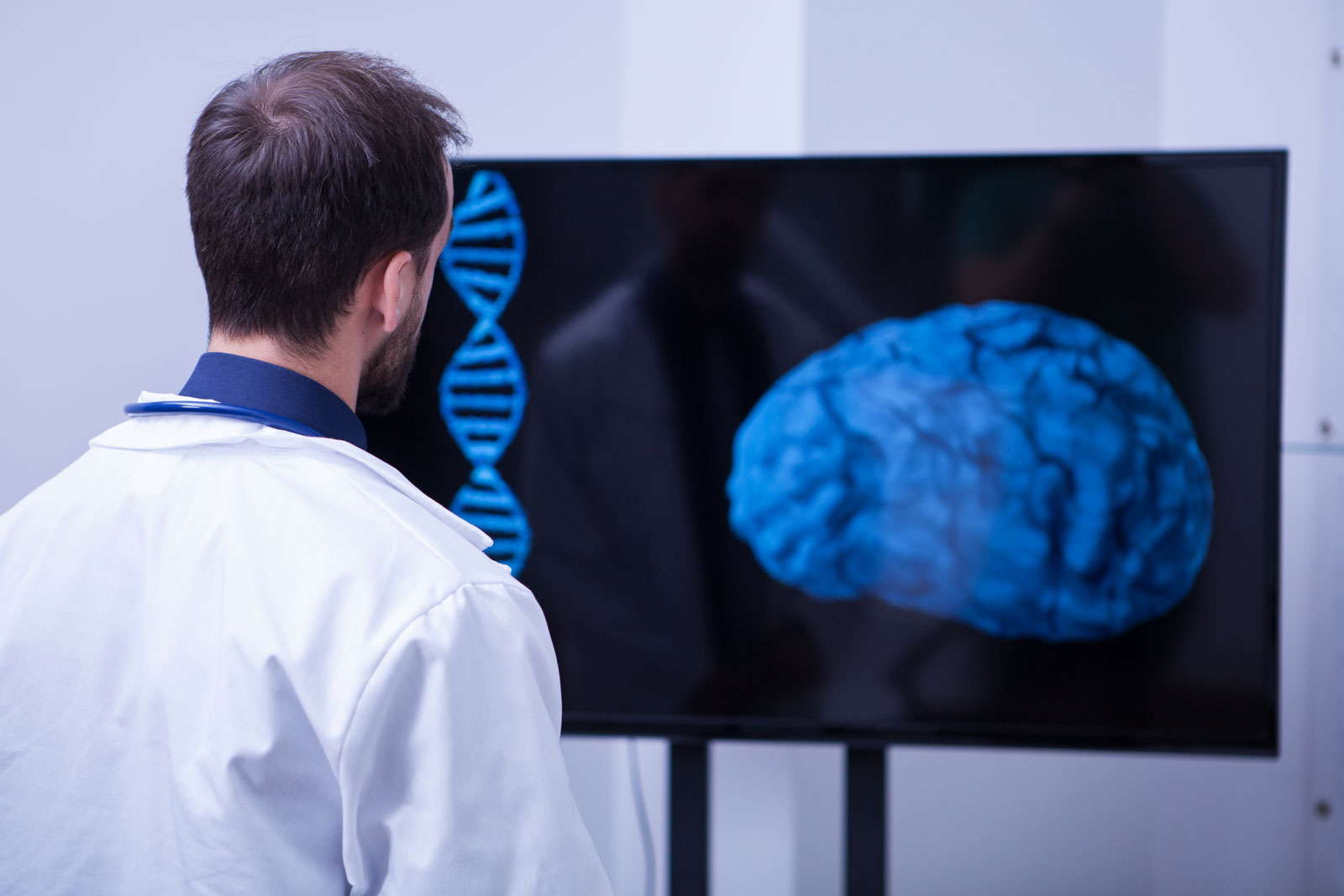Hearing the words “brain tumor” can cause fear and uncertainty. Unfortunately, myths and misinformation are common, especially on the internet. These misconceptions may lead to unnecessary anxiety or delay in seeking proper treatment.
Here are some of the most common myths I hear in my practice, and the evidence-based facts that every patient and family should know.
Myth 1: All brain tumors are cancerous
Fact: Not all brain tumors are cancers.
- Some tumors like meningiomas, pituitary tumors, or acoustic neuromas arebenign.
- They can still cause symptoms because of their size or location, but their behaviorand treatment are very different from malignant tumors.
- A correct diagnosis through MRI and sometimes biopsy is the key to planningtreatment.
Myth 2: Brain tumors only affect older people
Fact: Brain tumors can occur at any age.
- Children may develop tumors like medulloblastomas or astrocytomas.
- Young adults may present with slow-growing gliomas.
- Older adults are more likely to develop aggressive gliomas or metastases.Every age group has different tumor types and treatment approaches.
Myth 3: Using mobile phones causes brain tumors
Fact: Current research does not prove this.
- Large international studies, including those supported by the World HealthOrganization (WHO), have found no consistent evidence linking mobile phoneuse with brain tumors.
- More studies are ongoing, but at present, there is no need to avoid mobile phonesout of fear of brain cancer.
Myth 4: Headaches always mean a brain tumor
Fact: Most headaches are not due to brain tumors.
- Common causes include migraine, tension-type headaches, and sinus problems.
- Tumor-related headaches are usually persistent, progressive, and oftenaccompanied by other signs such as vomiting, seizures, vision or speechchanges.If headaches are unusual, severe, or associated with neurological symptoms, medical evaluation is important.
Myth 5: Brain surgery is always dangerous and disabling
Fact: Neurosurgery has advanced tremendously.
- With modern tools like neuronavigation, intraoperative monitoring, andawake brain surgery, many tumors can be removed safely.
- The goal is to remove the tumor while preserving brain function. Many patients recover well and return to normal life after surgery
Myth 6: Brain tumors always come back
Fact: Some tumors, once treated, may never return.
- Benign tumors can often be completely cured with surgery or radiosurgery.
- Malignant tumors carry a higher risk of recurrence, but with surgery, radiation,chemotherapy, and new targeted treatments, patients are living longer with betterquality of life.
Myth 7: Nothing can be done if you are diagnosed with a brain tumor
Fact: There are many treatment options available today.
- Surgery, radiation, chemotherapy, targeted drugs, and clinical trials all play a role.
- With specialized care, many patients can continue to live fulfilling lives.
- Early diagnosis and treatment at a specialized center can make a big difference.
Key Takeaway
Brain tumors are not a single disease — they are a group of conditions with very different outcomes and treatment strategies. While it’s natural to feel anxious after a diagnosis, it is important to base decisions on facts, not myths.
With modern neurosurgery and a team-based approach, many patients achieve excellent outcomes. If you or your loved one is facing this diagnosis, seek advice from a qualified neurosurgeon for the most accurate information and treatment plan.
Dr. Tejesh Shavi
MBBS, DrNB Neurosurgery, FINR (SNVI)
Consultant – Interventional Neurosurgeon
https://www.prakriyahospitals.com/doctors/dr-tejesh-shavi.html














